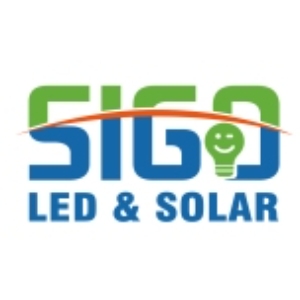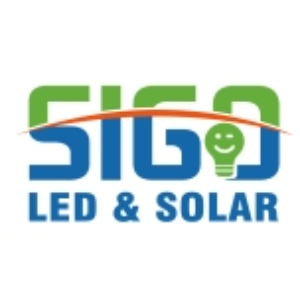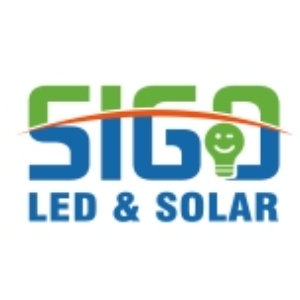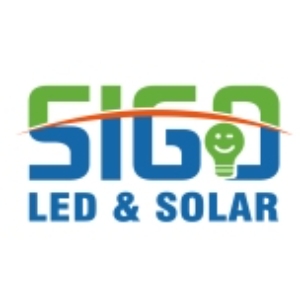European Solar Industry: Expected to Lose 40,000 Jobs by 2025
Market cooling leads to employment pressure
The report indicates that the European solar energy industry was once the "most robust employment engine"—with a surge in installations from 2022 to 2024 driving an "exceptional" expansion in employment, leading to a 5% year-on-year increase in jobs in 2024, far exceeding the EU labor market's 0.8% growth rate, reaching a total of 865,000 positions. However, growth momentum has significantly weakened, with installations in 2024 rising by only 3.3%, a sharp decline from the 30%-50% annual average growth rate of the previous three years.
The contraction in employment primarily stems from sluggish performance in core sectors. As the most "job-intensive" roofing and residential markets stagnate, this trend is particularly evident in major markets such as Germany, in 2024 The decline in residential PV demand in Germany directly triggered a wave of corporate bankruptcies. SPE pointed out that the failure of the policy framework to sustain investment and the competitive pressure from global overcapacity were key factors behind the industry's downturn.
The job structure is showing a trend of differentiation
From the perspective of job distribution, the industry remains dominated by deployment: out of the total 864,000 positions in 2024, 744,000 were concentrated in the installation and deployment sector, reflecting the labor-intensive nature of solar power projects. There were 66,000 operational and maintenance positions, while emerging fields such as decommissioning and recycling provided 14,000 jobs. However, SPE predicts that the widespread adoption of artificial intelligence and automation technologies may further reduce the demand for operational and maintenance positions.
The manufacturing sector has become a major hotspot for job losses. From 2023 to 2024, the industry lost a cumulative total of 7,000 jobs, with component production departments being the hardest hit. The shutdown of production at companies like Meyer Burger and Solarwatt directly led to both capacity and employment losses. Although inverter production accounts for 80% of manufacturing jobs (approximately 32,000, an increase of 5,000 from 2023), German inverter giants such as SMA have initiated large-scale layoffs, reflecting dual pressures from market weakness and price competition. Polysilicon production, accounting for 10% of manufacturing jobs, remains one of the few relatively stable sectors.
Policy initiatives are expected to boost recovery. The report emphasizes that short-term setbacks are not the beginning of an industry downturn. Solar and energy storage policies at the EU level are becoming key drivers of recovery: the #SolarWorks platform, promoted by the SPE, has connected over 130 companies with job seekers and provides skills training matching services; the "Reskill 4 NetZero" project, set to launch in 2025, will develop a vocational training and certification system recognized by the EU to prepare talent for the industry.
These measures resonate with the mid-term market demand. The report forecasts that as policies take effect and the supply of skilled talent increases, employment will begin to recover starting in 2026. By 2027, the European solar industry is expected to require a workforce of millions to support the energy transition.





